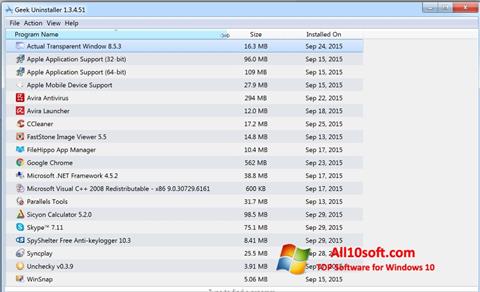

The first official release of version 2.5 was on February 27, 2007, as build 3186. A 104-key Windows enhanced keyboard and a PS/2 wheel mouse.Up to eight USB 2.0 devices and two USB 1.1 devices,.An Ethernet virtual network card compatible with Realtek RTL8029(AS), capable of up to 16 network interface connections,.
:max_bytes(150000):strip_icc()/videosettings500x344-5806f1fa5f9b5805c2f3cb54.png)
Up to three bi-directional parallel ports, each of which can be mapped to a real port, to a real printer, or to an output file,.Up to four serial ports that can be mapped to a pipe or to an output file,.Virtual CD/DVD-ROM drives can be mapped to either physical drives or ISO image files.

This includes virtual hard drives ranging in size from 20 MB to 2 TB each and CD/DVD-ROM drives.

On January 10, 2007, Parallels Desktop 3.0 for Mac was awarded “Best in Show” at MacWorld 2007. Parallels agreed: “ Since we've got a great Mac product, we should make it look and sound like a Mac product.”, it was therefore renamed ‘Parallels Desktop for Mac’. This name was not well received within the Mac community, where some felt that the name, particularly the term “workstation,” evoked the aesthetics of a Windows product. Its name initially was ' Parallels Workstation for Mac OS X', which was consistent with the company's corresponding Linux and Windows products. Released on June 15, 2006, it was the first software product to bring mainstream virtualization to Macintosh computers utilizing the Apple–Intel architecture (earlier software products ran PC software in an emulated environment). is a developer of desktop and server virtualization software.


 0 kommentar(er)
0 kommentar(er)
